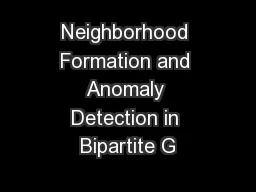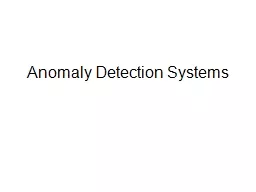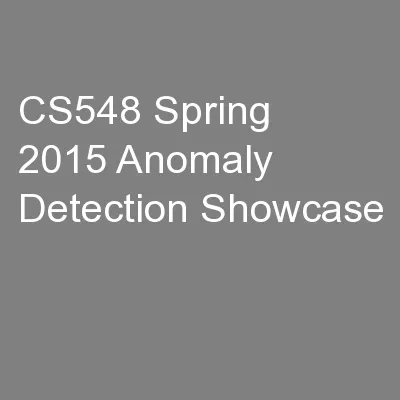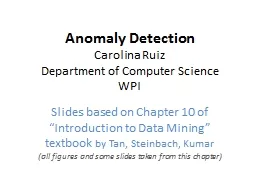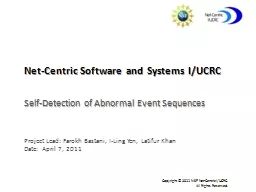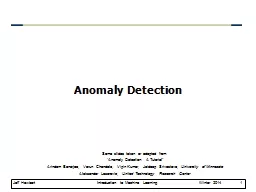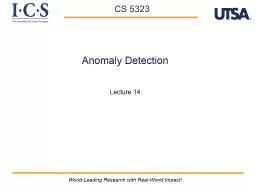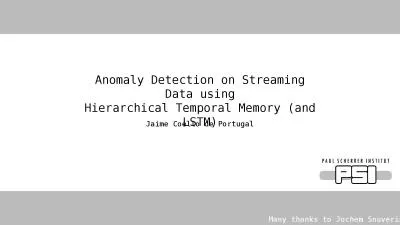PPT-Principled Sampling for Anomaly Detection
Author : liane-varnes | Published Date : 2015-10-15
Brendan Juba Christopher Musco Fan Long Stelios SidiroglouDouskos and Martin Rinard Anomaly detection tradeoff Catch maliciousproblematic inputs before they
Presentation Embed Code
Download Presentation
Download Presentation The PPT/PDF document "Principled Sampling for Anomaly Detectio..." is the property of its rightful owner. Permission is granted to download and print the materials on this website for personal, non-commercial use only, and to display it on your personal computer provided you do not modify the materials and that you retain all copyright notices contained in the materials. By downloading content from our website, you accept the terms of this agreement.
Principled Sampling for Anomaly Detection: Transcript
Download Rules Of Document
"Principled Sampling for Anomaly Detection"The content belongs to its owner. You may download and print it for personal use, without modification, and keep all copyright notices. By downloading, you agree to these terms.
Related Documents


